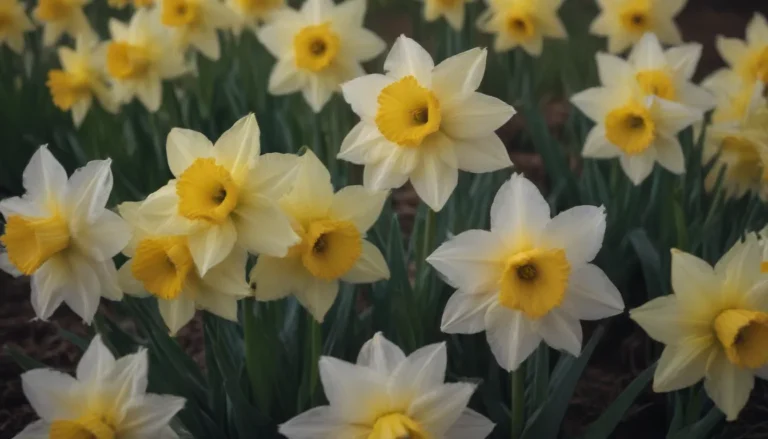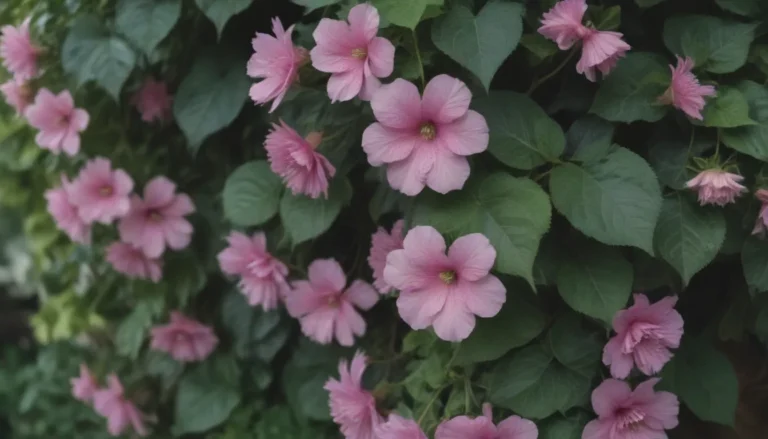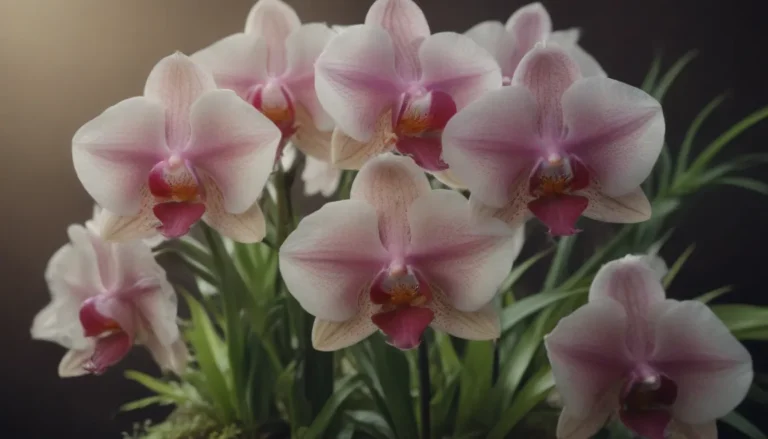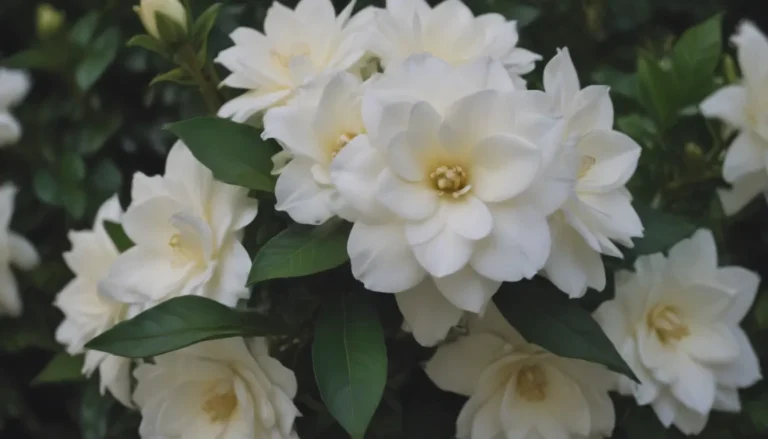Everything You Need to Know about Growing and Caring for English Bluebells
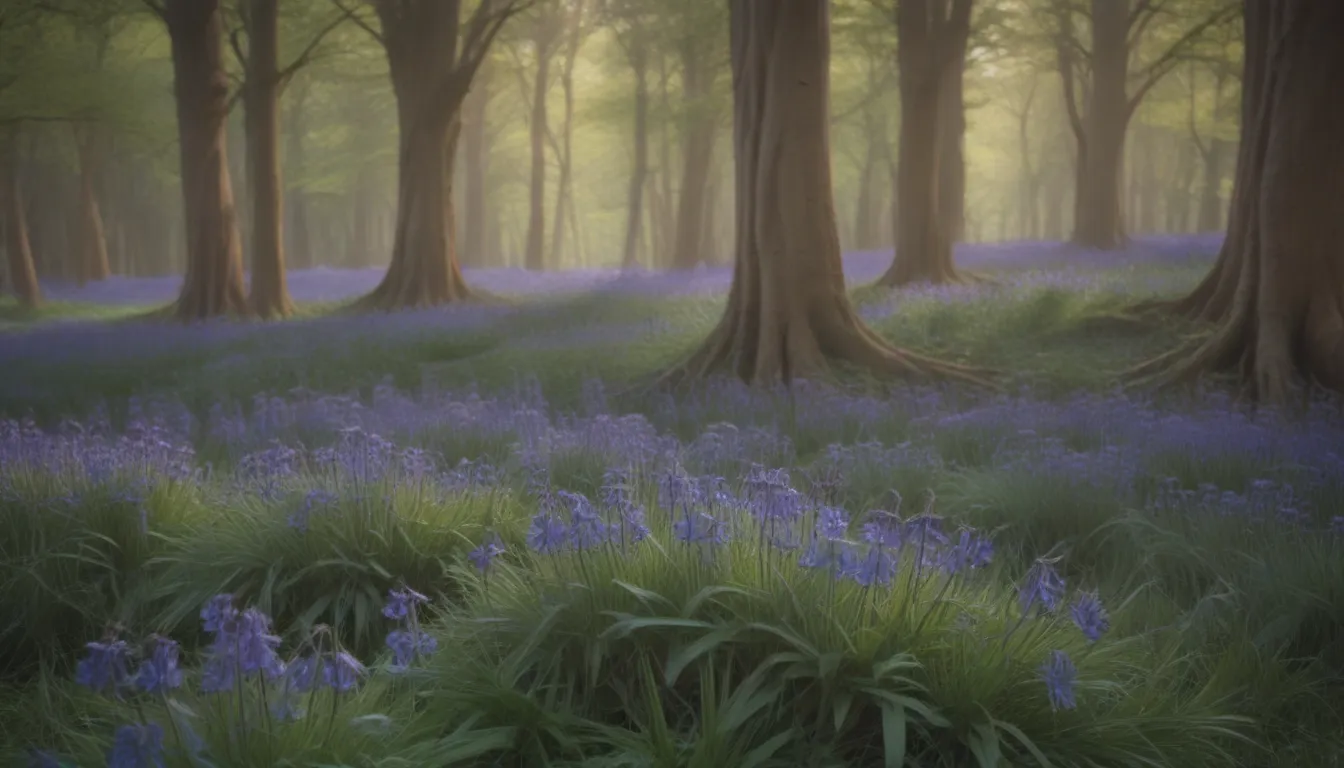
Are you looking to add a touch of beauty and fragrance to your garden? Look no further than the stunning English bluebell. This perennial wildflower bulb is a true gem that signals the arrival of spring with its vibrant blue-violet blooms. In this comprehensive guide, we will dive into the world of English bluebells, from planting and caring for them to different types and how to propagate them. So, grab your gardening gloves and let’s get started!
The Beauty of English Bluebells
The English bluebell, scientifically known as Hyacinthoides non-scripta, is native to the British Isles, Europe, and North America. Its trumpet-shaped blooms with up-turned lips adorn landscapes in mid to late spring, exuding a delightful fragrance that lasts for up to five weeks. These blooms sit atop clumps that reach about 12 to 18 inches tall and three to eight inches wide, making them a perfect addition to woodland gardens or as a groundcover beneath trees and shrubs.
Key Features of English Bluebells:
– Deep blue-violet blooms
– Trumpet-shaped flowers with up-turned lips
– Blooms in mid to late spring
– Fragrant flowers that last for up to five weeks
– Ideal for partially shaded areas
English Bluebell Care Tips
One of the best things about English bluebells is that they are easy to grow and care for. Once planted, these resilient beauties will multiply each year, providing you with a stunning display every spring. Here are some essential care tips to ensure your English bluebells thrive:
Planting Instructions:
- Work organic matter into the soil before planting
- Dig a hole about four inches deep for each bulb
- Plant bulbs vertically with the pointed end facing upwards
- Space bulbs three to six inches apart
- Keep the soil moist but not waterlogged
Light Requirements:
- English bluebells need plenty of light in early spring
- Prefer partial shade during the summer
- Ideal for planting beneath deciduous trees
Soil Needs:
- Thrive in moist, well-drained, and moderately fertile soil
- Adapt well to all soil types
- Prefer slightly acidic to slightly alkaline pH levels
Watering Schedule:
- Water bulbs well after planting
- Keep soil moist during the growth period
- Water lightly after flowering to prevent bulb rot
Fertilizing Routine:
- Use bulb fertilizer in spring to encourage healthy growth
- Repeat feeding at the end of the bloom cycle
- Opt for a slow-release fertilizer high in phosphorus
Temperature and Humidity Requirements:
- Prefer temperate climates with cool to cold winters
- Not suitable for hot, dry climates
- Thrive in moderately warm summers with cool shade
Types of Bluebells
In addition to the English bluebell, there are two other types of bluebells in the Hyacinthoides genus: the Spanish bluebell (Hyacinthoides hispanica) and Hyacinthoides x massartiana.
Spanish Bluebell (Hyacinthoides hispanica):
- Features bell-shaped blooms in hues of blue, pink, and white
- Tolerant of a wide range of growing conditions
- Considered less invasive than English bluebells
Propagating and Growing English Bluebells
English bluebells can be easily propagated by dividing crowded clumps in late summer. While they can be grown from seeds, it may take up to five years for a seed to develop into a bulb. For quicker results, dividing clumps and replanting them is recommended.
Potting and Overwintering:
- Grow English bluebells in containers with good drainage
- Keep soil damp until bulbs sprout
- Move containers to a protected spot in winter to prevent freezing
Dealing with Pests and Diseases
Fortunately, English bluebells are fairly resilient to pests and diseases. They are resistant to deer, rabbits, rodents, and squirrels. However, they may be susceptible to bluebell rust caused by the parasitic fungus Uromyces muscari. In case of an infestation, treat with a suitable fungicide.
Enhancing Blooms and Longevity
To ensure your English bluebells bloom beautifully each spring, avoid overfertilization with nitrogen, as this can lead to leafy growth but no flowers. Let the foliage die back naturally to allow the bulbs to store nutrients for the next blooming cycle.
Fun Fact: In their native UK, English bluebells are protected, and it is prohibited to dig them up from the wild. To create a striking color palette, consider planting them alongside companions like wild garlic, aconites, and daffodils.
With proper care and attention, English bluebells will reward you with a dazzling display of blooms year after year. So, roll up your sleeves, grab your gardening tools, and start cultivating these charming wildflowers in your garden today!

